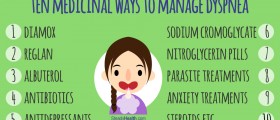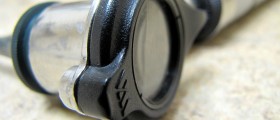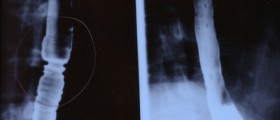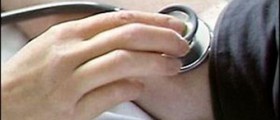
The Eustachian tube is an organ that connects the middle ear and the throat. It opens and closes when necessary and by doing so allows the pressure inside the middle ear to be equal to pressure in the outer ear. Still, under certain circumstances, the Eustachian tube cannot perform its duty and this may result in increased pressure inside the middle ear. This interferes in hearing and depending on the underlying cause may cause several more additional problems. After identifying the underlying cause and adequate treatment the pressure inside the middle ear can again equalize with the pressure in the outer ear.
What Causes Ear Pressure Build-up?
Blockage of the Eustachian tube is in majority of cases a cause of ear pressure build-up. Inadequate functioning of this organ is associated with improper release of pressure from the middle ear. The air gets trapped and interferes in hearing and may also cause discomfort or pain of different intensity.
One more frequent cause of ear pressure is a change in altitude. When a change in altitude is sudden, the body has not time to adapt the pressure inside the middle ear to the pressure in the outer ear. As a result ear pressure build-up causes discomfort. This commonly happens during an airplane journey, scuba diving or driving in mountain areas.
Ear Infection and Infection of Nasopharynx
Another cause of ear pressure build-up is an ear infection. The accumulation of fluid or even pus inside the middle ear changes the pressure. This is a serious condition which needs to be properly treated because it may cause severe complications.
Finally, infections of the nasopharynx may also be blamed for inadequate functioning of the Eustachian tube and subsequent ear pressure build-up.
Ear Pressure Treatment
Fortunately, if there is no serious underlying condition, ear pressure build-up can be easily brought under control with certain maneuvers.
The function of blocked Eustachian tube may be restored by yawning, sucking candy, chewing gum, blowing nose or with certain breathing exercises. All the mentioned activities open the Eustachian tube and allow the pressure inside the ear to equalize with the pressure outside.
Medications
In people suffering from infections of the nasopharynx, the problem may be brought under control with some medications. For instance, nasal congestion is perfectly relieved with nasal decongestants. These medications can be also of great help with ear pressure build-up. Furthermore, bacterial infections, especially if they affect the middle ear require antibiotics. In some cases there is a need to release the pus from the middle ear by performing myringotomy.
All in all, ear pressure build-up can be successfully dealt with and it generally does not have any long-term negative effects.

















Your thoughts on this
Loading...